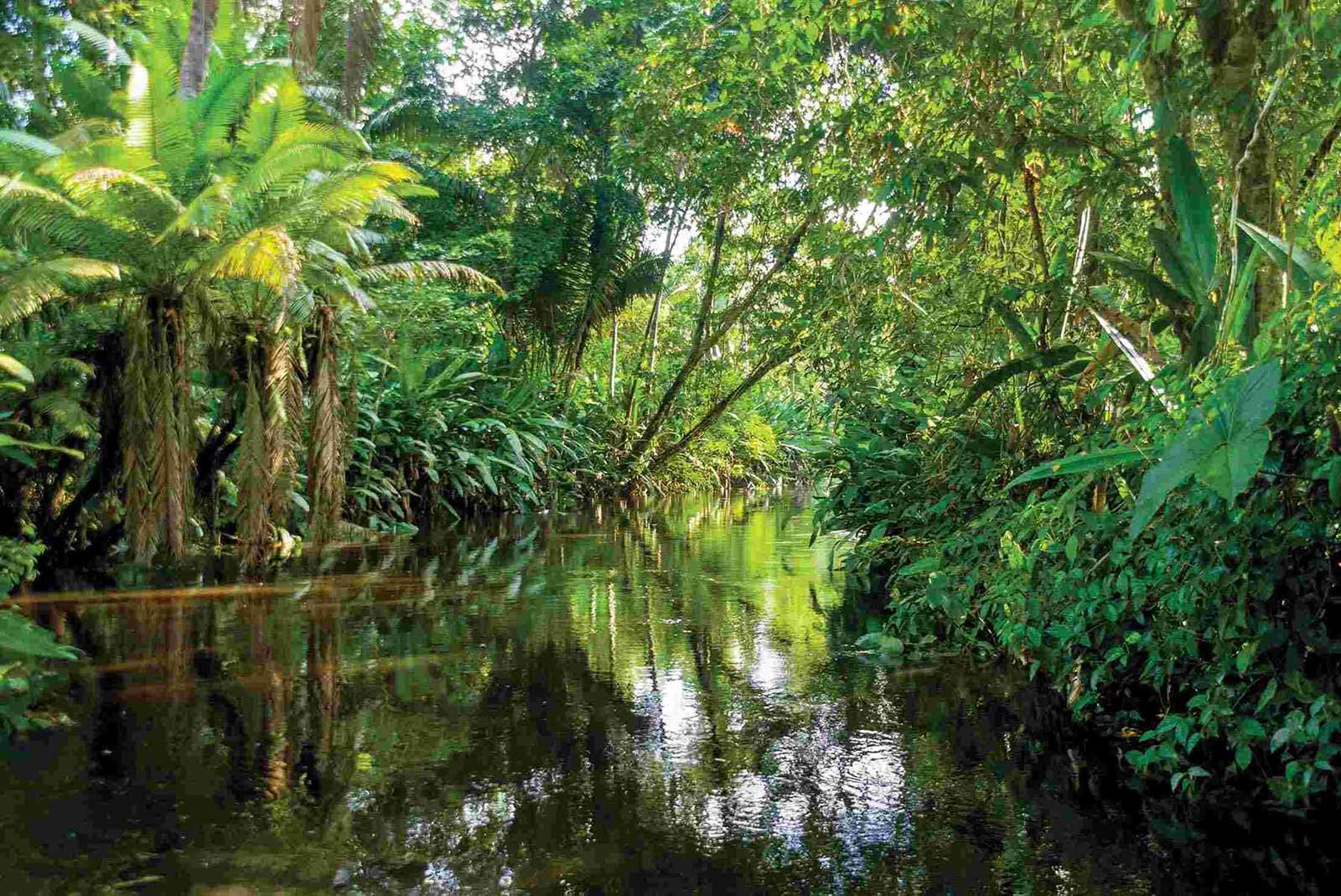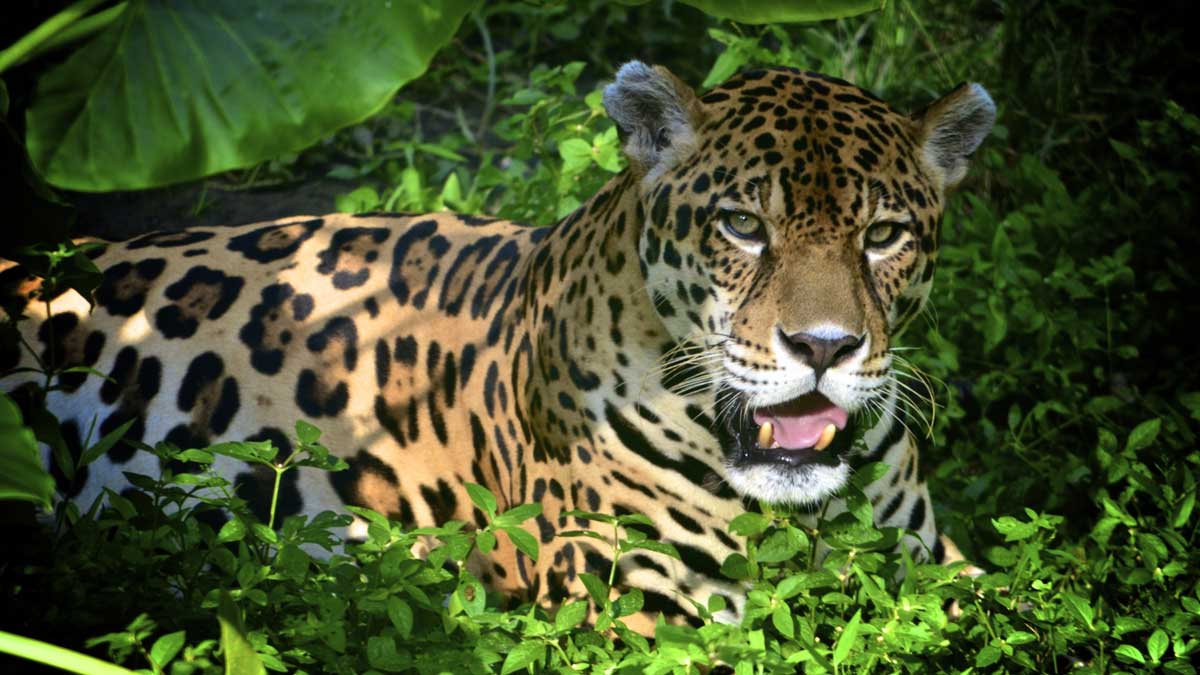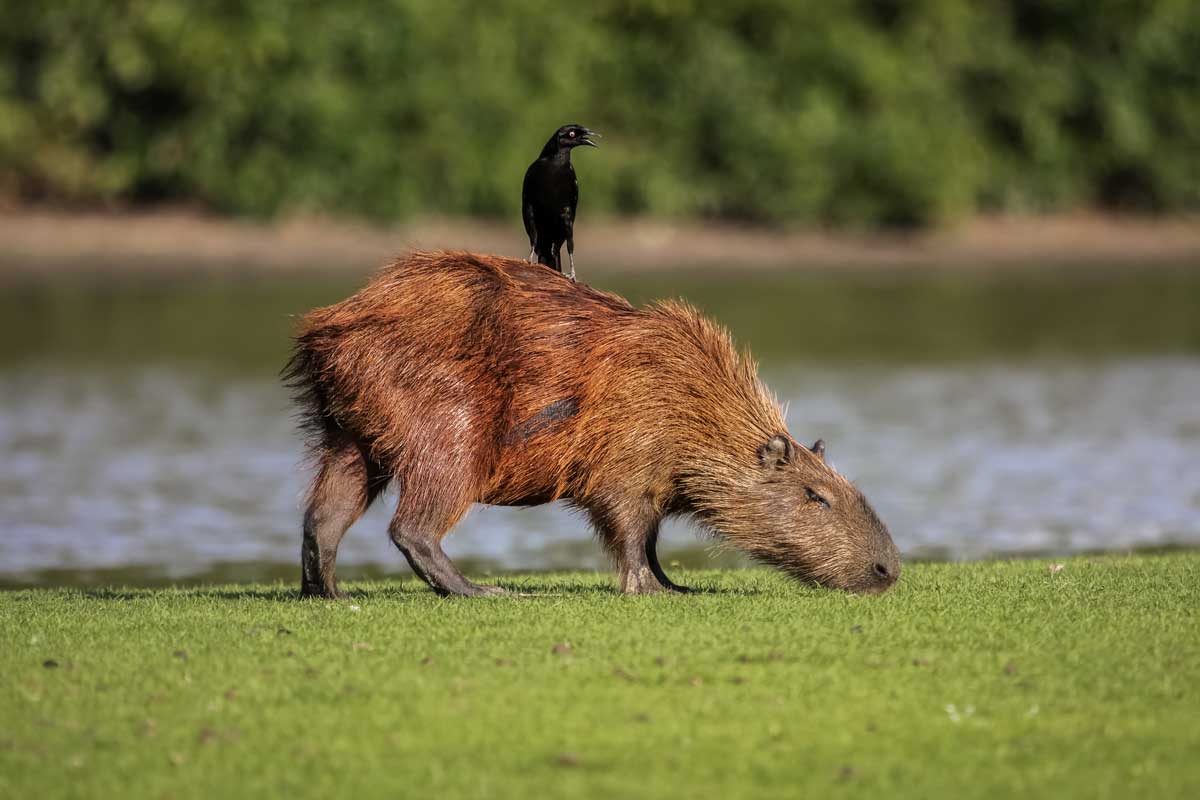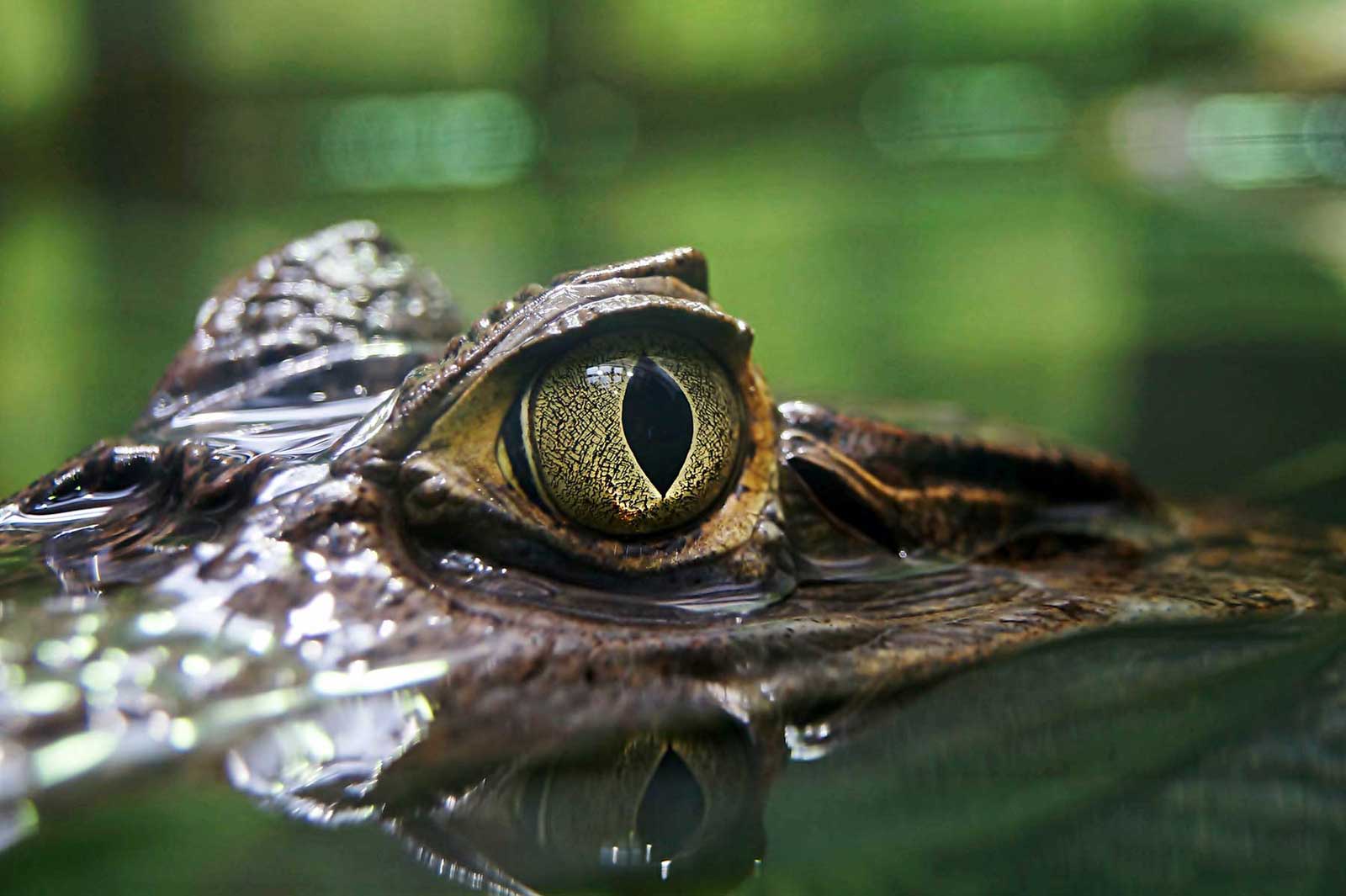The Pantanal is a must-see destination in South America, and offers unsurpassed game viewing opportunities in a unique Amazonian tropical biome. The gently-sloped basin that defines the region is fed by the runoff from tributaries from the Paraguay River further upland from the Pantanol. This waterlogged region is actually the world’s largest tropical wetland, and offers a complex eco-system like no where else in the world. The Pantanal region is not confined to Brazil, and actually spills across Paraguay and Bolivia. It’s a haven and sanctuary for a plethora of wildlife, and includes over 1000 species of bird, 500 reptiles, hundreds of fish species, and 300 mammals. And these are only the recorded species – there are probably numerous rare creatures dwelling deep within this UNESCO World Heritage site!
The Pantanal area is complex, and has a crosshatch of vegetation ranging from tropical Amazonian rainforest flora, to semi-arid woodlands synonymous with north-east Brazil, and corridors of Chaco savanna plants of neighbouring Bolivia and Paraguay. With such a diverse landscape and variety of habitats, we’re not surprised that the region boasts the highest concentration of wildlife in the world.
It’s imperative that you add a trip to South America’s Pantanol region when you visit Brazil. The region is split up into many areas, so you’ll need to decide which area would best suit your needs. We’ve selected our top 5 animals to spot in South America’s Pantanal region.

Hyacinth Macaw
The hyacinth macaw is the largest flying parrot on the planet and is easily recognisable with its cobalt blue and yellow colours. It’s a rare species of parrot, and is native to central and eastern South America. There are 3 populations of of these macaw’s, one of which is in the Pantanal region. Their larger than life size (wingspan can exceed 4 feet) can be intimidating but these macaws are very gentle birds.
Pantanal Jaguar
These elite predators are one of the main reasons why travellers flock to the untouched Pantanal. Jaguars are exquisite swimmers and often prey on caimans. These jaguars are the largest and strongest in the world, and size wise are larger than lionesses. Much like leopards, they’re loners and defend territories with vigour. They define their territories much like other cats, with plenty of scent marking and claw marking trees. The jaguars are often spotted cruising the banks of the river in search of prey.

Capybaras
This large rodent is a native resident of South America and is found in abundance in the Pantanal. They’re closely related to guinea pigs and they’re often found in groups of 10–20 individuals, and they’re quite heavy looking short haired creatures with a short stout. These semi-aquatic animals have slightly webbed feet, which enable them to move swiftly through their aquatic environment. Preferring a habitat of dense woodlands with easy access to water, the capybara is most certainly one of the cutest – and strange – animals to spot in the Pantanal.

Caiman
The caiman is closely related to the alligator and is found in high concentrations close to marshes, mangrove swamps, rivers and lakes. A caiman’s activities are similar to that of the crocodile and alligator – they trawl the waterways for fish and mammals that flock to the water’s edge to drink. There are different species of caiman in the Pantanol, all of which are ferocious predators. Their only real threats are jaguars, anacondas and humans.

Giant Otter
The giant otter is, well, a giant otter! These river otters are giant carnivores found in the Amazon river basin and neighbouring basins within South America. The giant otters reach over 6 feet in length, and their loud vocalisations make them quite a formidable force!
There are plenty of other animals to spot in the Pantanol, and visitors should also be on the lookout for the giant anaconda, marsh deer, toucans, ring-tailed coatis, piranhas and so much more.

